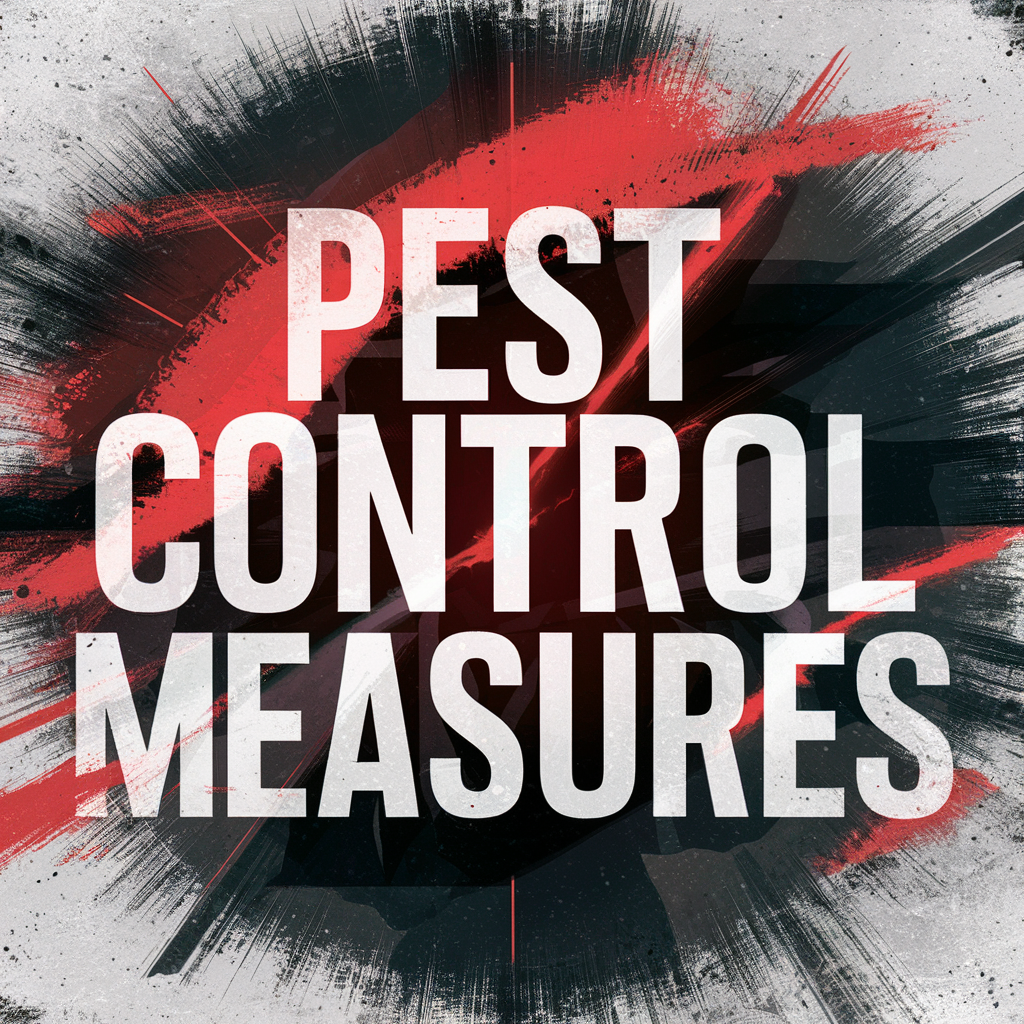In today’s rapidly evolving world of advertising and marketing, visual communication has become more crucial than ever. Grand format printing is a powerful tool that allows businesses to create larger-than-life graphics and displays to capture the attention of potential customers.
Whether you’re considering using grand format printing materials for a trade show booth, an outdoor banner, or any other large-scale project, there are several key things you should know before diving in.
1. Understanding Grand Format Printing
First and foremost, it’s essential to grasp what grand format printing is. Grand format printing is a type of large-scale digital printing that produces high-resolution graphics on oversized materials. These materials can include banners, posters, vehicle wraps, building wraps, and more. It’s important to differentiate grand format printing from traditional printing methods because the scale, equipment, and materials involved are significantly different.
2. Material Selection Matters
Choosing the right printing materials is crucial for a successful grand format printing project, so you should head to a specialist like Soyang Europe. The type of material you select should align with your project’s goals and environmental conditions. Common grand format printing materials include vinyl banners, mesh banners, fabric, adhesive vinyl, and rigid substrates like foam board or aluminum composite. Consider factors such as weather resistance and image quality when selecting your material.
3. Resolution and Image Quality
When working with grand format printing, image resolution is paramount. Images that look crisp and clear on a computer screen may not translate well when enlarged to a grand format size. It’s crucial to use high-resolution images and vector graphics to ensure that your prints look professional and vibrant.
4. Color Management
Color accuracy is essential in grand format printing. Be sure to communicate your color preferences using Pantone colors or CMYK values to ensure that the final print matches your brand’s colors precisely. Many printers use color profiles and calibration tools to maintain color consistency across different materials and printing equipment.
5. Design and Layout
Large format printing demands a different approach to design and layout. Simplify your design by focusing on a clear message and using bold, easy-to-read fonts. Ensure that your graphics and text are proportionate to the size of the print, and leave enough empty space for visual clarity.
6. Proofing and Testing
Before producing your final grand format prints, request a proof or sample to evaluate color accuracy, image quality, and material compatibility. This step allows you to make any necessary adjustments and avoid costly errors.
7. Installation Considerations
Installing grand format prints can be a complex task, especially for large outdoor displays. Consider factors such as location and safety when planning the installation. It’s often advisable to work with professionals who have experience in grand format print installation to ensure a seamless and secure setup.
8. Permits and Regulations
Depending on your project’s size and location, you may need permits or approvals from local authorities. Check with local regulations regarding the placement of grand format prints to avoid any legal issues.
9. Budgeting and Costs
Lastly, have a clear understanding of your budget and the associated costs of grand format printing. Factors that can affect pricing include the size of the print, material selection, finishing options, and quantity. Request multiple quotes from printing companies to compare prices and services.
In conclusion, grand format printing materials offer endless possibilities for creating eye-catching and impactful visuals for your business or event. However, it’s crucial to educate yourself on the process, materials, and best practices before embarking on a grand format printing project.






